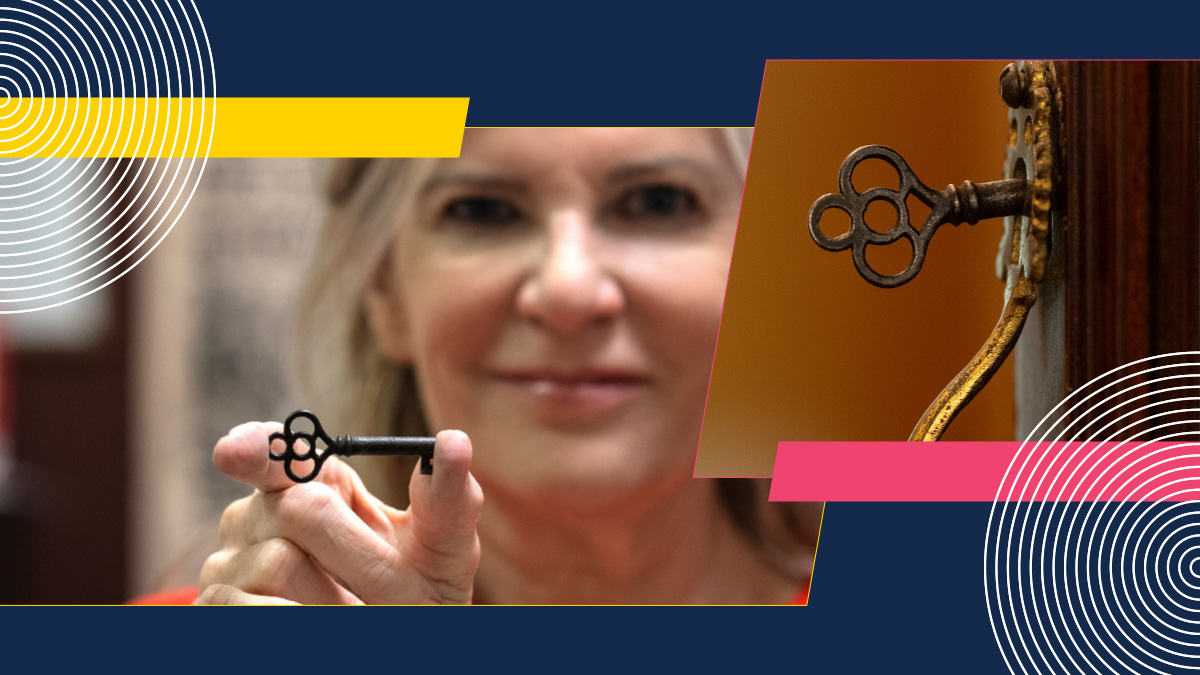Tiny tools: how drill bits measure time
Learn how a commonly used tool helps archaeologists shed light on the past in our series about employees and their work tools.

Employee: Anna Agbe-Davies, associate professor in the College of Arts and Sciences’ anthropology department, and adjunct associate professor, archaeology curriculum.
Tiny tool: drill bits, ranging from 4/64 to 10/64 inches in diameter.
Agbe-Davies uses the same kind of drill bits as a do-it-yourselfer when measuring the interior diameter of Colonial-period clay pipe stems found in U.S. archaeological excavations, specifically pipes made in Northern and Western Europe that were imported to the Colonies.
Bits became standard for measuring such pipes in the 1950s after National Park Service archaeologist J.C. Harrington developed a system that helps establish an excavation site’s age. He observed, while working at Virginia’s Jamestown settlement site, that pipes from the early Colonial period have larger bores — the hole where the stem connects to the bowl.
“The pipes are very fragile,” said Agbe-Davies. “It’s possible to date Colonial period clay tobacco pipes by the shape of the bowl, but often the bowl is fragmented or it’s not attached to the stem.”
To date pipes, Agbe-Davies inserts bits into their bores and enters measurements into a database. She then looks at the artifacts’ statistical distribution at the excavation to estimate the site’s age.
“We’re interested not only in the pipe itself but where it was found and what else was found with it. You might use the distribution of bore sizes to try to establish a date for a specific layer or a specific feature, like a cellar pit, or to determine the age of a site in comparison to other sites in the region.”
Since joining Carolina’s faculty in 2009, she’s primarily worked on 20th-century sites. Previously, Agbe-Davies was an archaeologist for the Colonial Williamsburg Foundation, working through a contract at the Jamestown settlement site, that “hallowed ground for archaeology,” before earning her doctorate. She has also worked excavations at former plantations, Revolutionary War sites and downtown Williamsburg.
She has a hazy memory of buying her drill bits. “When you’re a brand-new professional, you’re like, ‘I’ve got to have my own trowel, my own calipers and my own bits,’ so I probably went to Ace Hardware and picked it all up.”
There’s one bit within her reach, though, that will probably never be used. “My husband is also an archaeologist, and he received a drill bit that once belonged to Harrington. It’s an artifact in its own right.”




